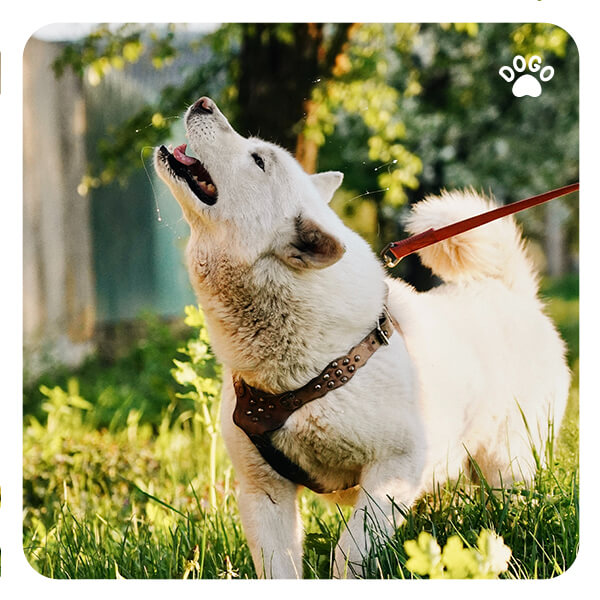 It’s a familiar scenario for many dog owners: you’re enjoying a peaceful moment at home when suddenly, your furry friend starts barking incessantly. Whether it’s at the doorbell, passing cars, or seemingly nothing at all, excessive barking can be a source of frustration and stress for both you and your neighbors. If you’re wondering how to address this behavior, you’re not alone. In this blog post, we’ll explore some effective strategies to help you manage and reduce your dog’s barking.
It’s a familiar scenario for many dog owners: you’re enjoying a peaceful moment at home when suddenly, your furry friend starts barking incessantly. Whether it’s at the doorbell, passing cars, or seemingly nothing at all, excessive barking can be a source of frustration and stress for both you and your neighbors. If you’re wondering how to address this behavior, you’re not alone. In this blog post, we’ll explore some effective strategies to help you manage and reduce your dog’s barking.
Understanding the reasons behind your dog’s barking is the first step in addressing the behavior. Dogs bark for various reasons, such as expressing boredom, anxiety, fear, or as a form of communication. It’s essential to observe your dog’s environment and triggers to identify the underlying cause of their barking. By understanding the root of the behavior, you can tailor your approach to effectively address it.
Once you have a better understanding of why your dog is barking, it’s time to consider positive reinforcement training. This approach involves rewarding your dog for exhibiting desired behavior and redirecting their focus away from barking. For example, when your dog remains calm in a situation that typically triggers barking, offer praise, treats, or a favorite toy as a reward. By consistently reinforcing calm behavior, you can encourage your dog to associate positive outcomes with remaining quiet.
Consistency is key when implementing any training regimen, and addressing excessive barking is no exception. Establish clear boundaries and expectations for your dog, and ensure that all members of your household are on the same page regarding training methods. By maintaining a consistent approach, you can avoid sending mixed signals to your dog, which can lead to confusion and hinder progress.
In addition to positive reinforcement training, providing mental and physical stimulation for your dog is crucial in addressing excessive barking. A tired and mentally engaged dog is less likely to engage in incessant barking out of boredom or frustration. Regular exercise, interactive toys, and engaging activities can help channel your dog’s energy in a positive direction and reduce the likelihood of excessive barking.
Another valuable tool in your efforts to curb excessive barking is desensitization and counterconditioning. This involves gradually exposing your dog to the triggers that typically prompt barking while simultaneously offering positive experiences. For example, if your dog barks at the sound of the doorbell, you can gradually introduce the sound at a low volume while offering treats or engaging in a fun activity with your dog. Over time, your dog can learn to associate the trigger with positive experiences, reducing the urge to bark.
It’s important to remember that addressing excessive barking takes time, patience, and understanding. While it can be a challenging behavior to manage, it’s essential to approach the process with empathy and a commitment to building a positive relationship with your dog. By combining a thoughtful understanding of your dog’s behavior with consistent training and enrichment, you can work towards reducing excessive barking and fostering a harmonious environment for both you and your canine companion.
In conclusion, excessive barking can be a common challenge for dog owners, but it’s one that can be effectively managed with the right approach. By understanding the reasons behind the behavior, implementing positive reinforcement training, maintaining consistency, providing mental and physical stimulation, and utilizing desensitization and counterconditioning, you can make meaningful progress in reducing your dog’s barking. Remember, every dog is unique, and it’s essential to approach training with patience, empathy, and a willingness to adapt to your dog’s individual needs. With dedication and a positive mindset, you can work towards creating a quieter, more peaceful environment for both you and your beloved canine companion.[/fusion_text]

